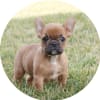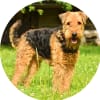Rhodesian Ridgeback Puppies
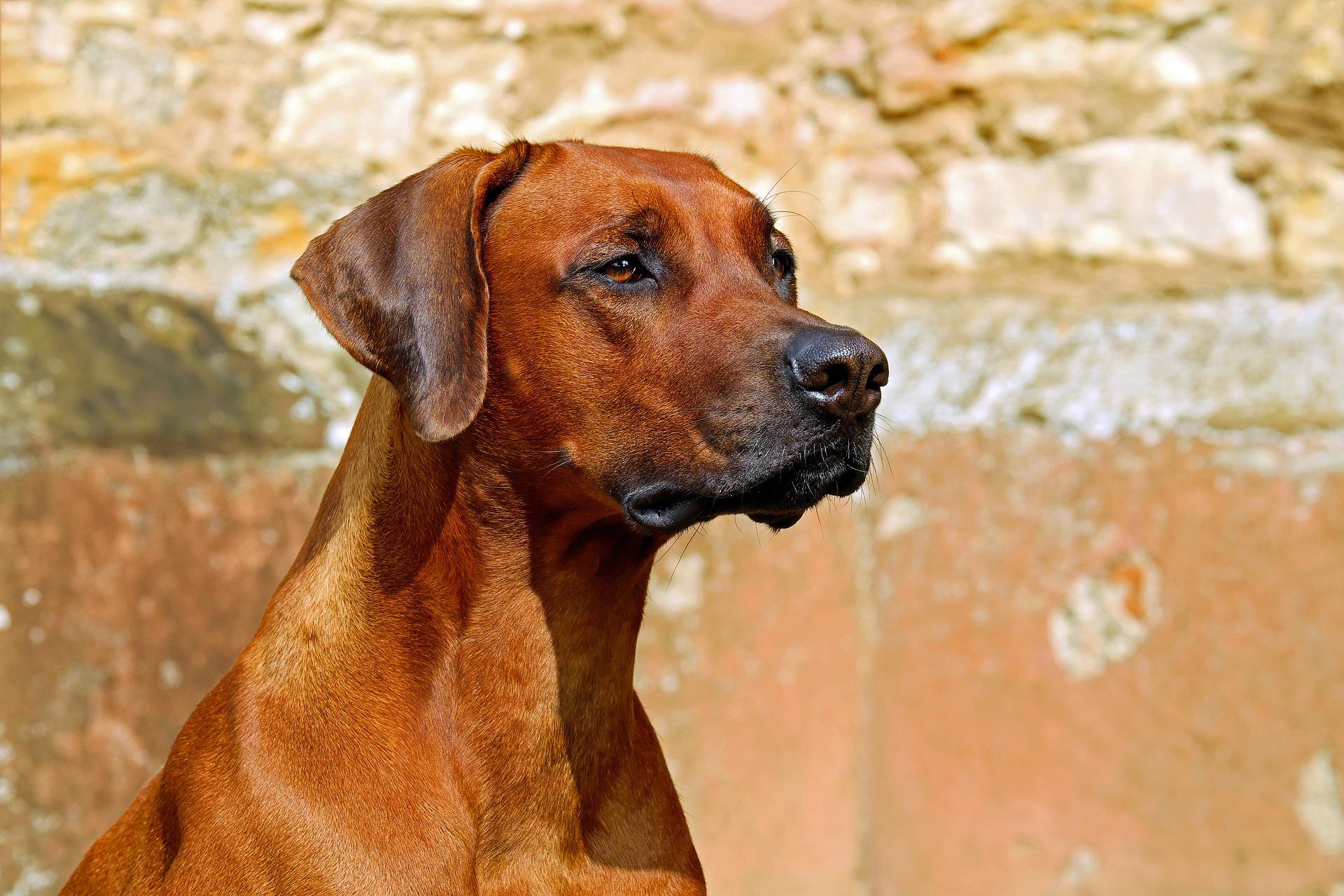
An independent, playful, and loyal breed
The Rhodesian Ridgeback breed originated in Africa when Dutch immigrants needed a hunting dog that could handle the harsh climate. They bred their Greyhounds and Terriers with the native Khoikhoi dog to create a breed used to hunt big game, including lions. The result was a great hunting dog and evolved into an even-tempered family dog.
Rhodesian Ridgeback At a Glance
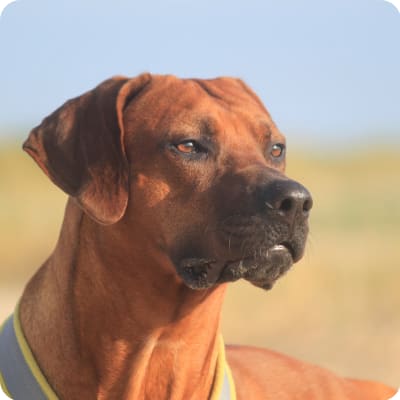
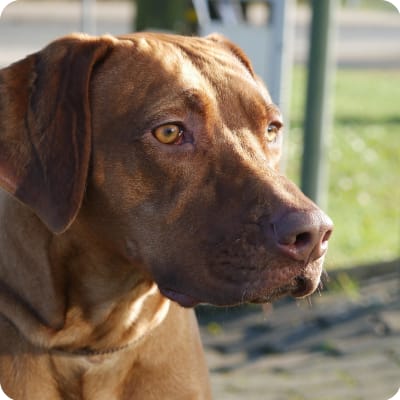


Rhodesian Ridgeback At a Glance
- Size: 24"-27", 65-90 lbs.
- Lifespan: 10-12 years
- Energy Level: medium
- Coat: Short and glossy
- Shedding: moderate
- Hypoallergenic: No
- Dog Group: Hound
- Common Nicknames: African Lion Dog, African Lion Hound
Rhodesian Ridgeback Breed Guide
Learn More About Rhodesian Ridgebacks
